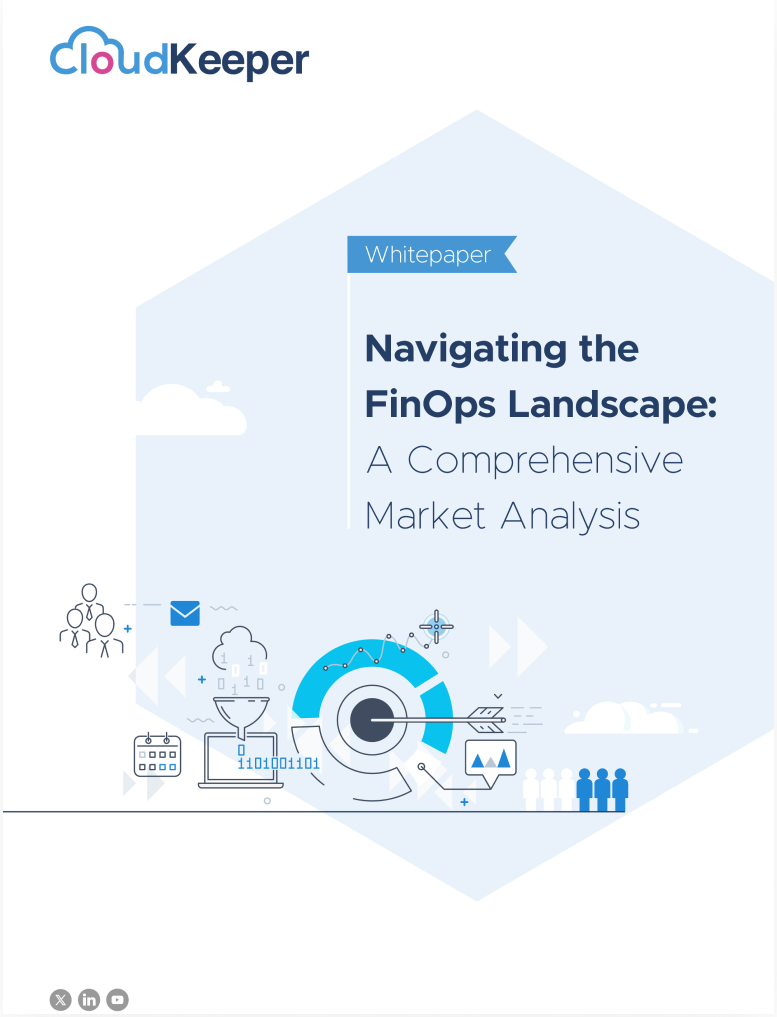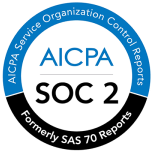A data warehouse is a type of data management system that is designed to enable and support business intelligence activities, especially analytics. Data warehouses are solely intended to perform queries and analysis and often contain large amounts of historical data. Data warehousing plays a crucial role in modern businesses, enabling efficient analysis and decision-making processes. Amazon Redshift is a fully managed, petabyte-scale data warehouse service in the cloud.
However, optimizing costs while maintaining performance is essential to maximize the benefits of Redshift. There are a number of best practices you can follow to ensure you’re getting the best value with Amazon Redshift.
There are many different best practices available for AWS Redshift cost optimization, but in this blog, we will explore some of them, which are popular in the industry, and will help you make the most of your Amazon data warehouse services investment.
Best practices to manage Amazon data warehouse for cost optimization
Sizing Considerations
Cost optimization starts with choosing the right node type, instance type, and payment structure to meet your cloud data warehouse requirements such as CPU, RAM, storage capacity and type, and availability. Analyze your workload requirements and adjust the cluster size accordingly. Smaller clusters with fewer nodes can be more cost-effective for smaller workloads, while larger clusters may be necessary for intensive analytics. Regularly review and modify the cluster size based on workload patterns to avoid overprovisioning and overspending.
Amazon Redshift RA3 nodes with managed storage enable you to optimize your AWS data warehouse by scaling and paying for compute and managed storage independently. With RA3, you choose the number of nodes based on your performance requirements and pay only for the managed storage that you use. There’s a recommendation engine built into the console to help you make the proper selection.
Previous generation nodes include DC2 (Compute intensive), and DS2 (Storage Intensive). Reserved instances (RI) (also called reserved nodes in the Amazon Redshift console) can provide up to 75% savings vs on-demand pricing.
Use Auto WLM (Workload Management)
Auto WLM enables dynamic workload management by automatically allocating resources based on workload priorities. Assigning appropriate WLM queue and concurrency settings allows you to optimize resource allocation, ensuring critical workloads receive sufficient resources while lower-priority workloads run more cost-effectively. Continuously monitor and fine-tune your WLM configuration to strike the right balance between performance and cost efficiency.
Trusted Advisor
The Trusted Advisor application (available under management and governance) runs automated checks against your Amazon Redshift resources in your account to notify you about Redshift cost optimization opportunities. Checks include the following:
- Checks usage to provide recommendations about when to purchase reserved nodes to help reduce costs. Recommended action in this case: Evaluate and identify clusters that will benefit from purchasing reserved nodes. Moving from on-demand will result in between 60-75% cost savings.
- Checks for clusters that appear to be underutilized (< 5% average CPU utilization for 99% of last 7 days). Recommended action in this case: Shutting down the cluster and taking a final snapshot or downsizing will save costs./li>
Data Partitioning
Partitioning your data based on relevant criteria, such as time or key ranges, can significantly improve query performance and reduce costs. Partition pruning allows Redshift to skip irrelevant data blocks during query execution, reducing the amount of data scanned and improving query performance. By organizing your data into smaller, more manageable partitions, you can minimize the resources required for queries and lower costs.
Cost Explorer
AWS Cost Explorer helps you visualize, understand, and manage your AWS costs and usage over time. It provides the following features, insights, and alerts to manage your Amazon Redshift cluster by breaking down its usage across linked accounts, regions, usage groups, and tags from the last 12 months.
- Budgets: Amazon Redshift customers can create budgets based on usage type (paid snapshots, node hours, and data scanned in TB), or usage type groups (Amazon Redshift running hours) and schedule automated alerts.
- Cost and Usage Reports: Amazon Redshift cost and usage reports include usage by an account and AWS Identity and Access Management (IAM) users in hourly or daily line items, as well as tags for cost allocation. We can integrate it with AWS Redshift.
- Reservations: Provides recommendations on RI purchase for Amazon Redshift cluster based on the last 30 to 60 days. These recommendations include potential savings (monthly/yearly) based on payment terms (no upfront/partial upfront/all upfront). RI coverage and utilization reports give insights on the cluster usage to help with decisions to purchase reservations for Amazon Redshift.
Scheduled Pause and Resume
Leverage the scheduled pause and resume feature in AWS Redshift to further optimize costs. If your Redshift cluster is not required during specific time periods, schedule it to pause automatically and resume it when you need this. Pausing the cluster suspends compute resources and saves costs.
Compressing Amazon S3 file objects loaded by COPY
The COPY command integrates with the massively parallel processing (MPP) architecture in Amazon Redshift to read and load data in parallel from Amazon S3.
Leveraging compression for Amazon S3 file objects loaded by the COPY command in Redshift offers significant cost optimization benefits. It reduces storage costs, improves data loading and query performance, minimizes data transfer expenses, enhances resource utilization, and provides flexibility in choosing compression algorithms. By using this feature, you can maximize the efficiency and cost-effectiveness of your AWS data warehouse solution.
Amazon Redshift Spectrum
By using this feature of Amazon Redshift Spectrum you can store data in open file formats in your Amazon S3. An analyst that already works with Redshift will benefit most from Redshift Spectrum because it can quickly access data in the cluster and extend out to infrequently accessed, external tables in S3. It's also better suited for fast, complex queries on multiple data sets.
Using this feature offers us benefit in the following way: AWS recommends that a customer compresses its data or stores it in column-oriented form to save money. Those costs do not include Redshift cluster and S3 storage fees.
Improved Query Performance
Compressed data in Redshift can lead to better query performance. When compressed data is stored, it takes up less disk space, allowing more data to reside in memory. This increased data locality improves query execution times by reducing the amount of disk I/O required to access the data. Ultimately it will save us money.
Concurrency Scaling
While resizing your cluster is fit for known workloads, for spiky workloads you should consider using the concurrency scaling feature. Concurrency scaling is a cost-effective way to pay only for additional capacity during large workload spikes, as opposed to adding persistent nodes in the cluster that will incur extra costs during downtime. Each cluster earns up to one hour of free concurrency scaling credits per day, which is sufficient capacity for almost all workload types. For the small chance you go over your allotted free credits, you simply pay a per-second on-demand rate for the usage that exceeds those credits. To implement the concurrency scaling, the user will route queries to concurrency scaling clusters by enabling a workload manager (WLM) queue as a concurrency scaling queue.
These are some of the popular Redshift optimization techniques to achieve cost optimization while using AWS Redshift Service, you can explore other best practices as well.
Conclusion
As we have seen some of the best practices to optimize the cost while using AWS Redshift, we learned that we can get maximum benefits from this service by saving our costs and making the most of your Redshift investment. With these best practices, you are saving not only cost but only time as well in some cases e.g. ‘using Redshift Spectrum you can store your data over S3 and also your query performance also gets optimized’. By continuously monitoring and fine-tuning your Redshift deployment, you can achieve long-term cost optimization and maximize the value of your data analytics efforts.
While you are absorbing the above-mentioned ways for redshift optimization techniques, a Well-Architected Review or WAR can help you benchmark your infrastructure against the best practices and design principles created by AWS. Cloudkeeper funds your AWS WARs with a focus on the six recommended pillars: operational excellence, security, reliability, performance efficiency, cost optimization, and sustainability. A quick consultation on WAR can accelerate your savings by manifolds.








